This was one of Ludovico’s defining features,
with various sources describing him as having dark skin,
black hair and eyes, even when he was an adult.
His father would often call him “Maurum”, meaning “the Moor”,
which can be seen from a document dating back to 1461,
when Ludovico was only nine years old.
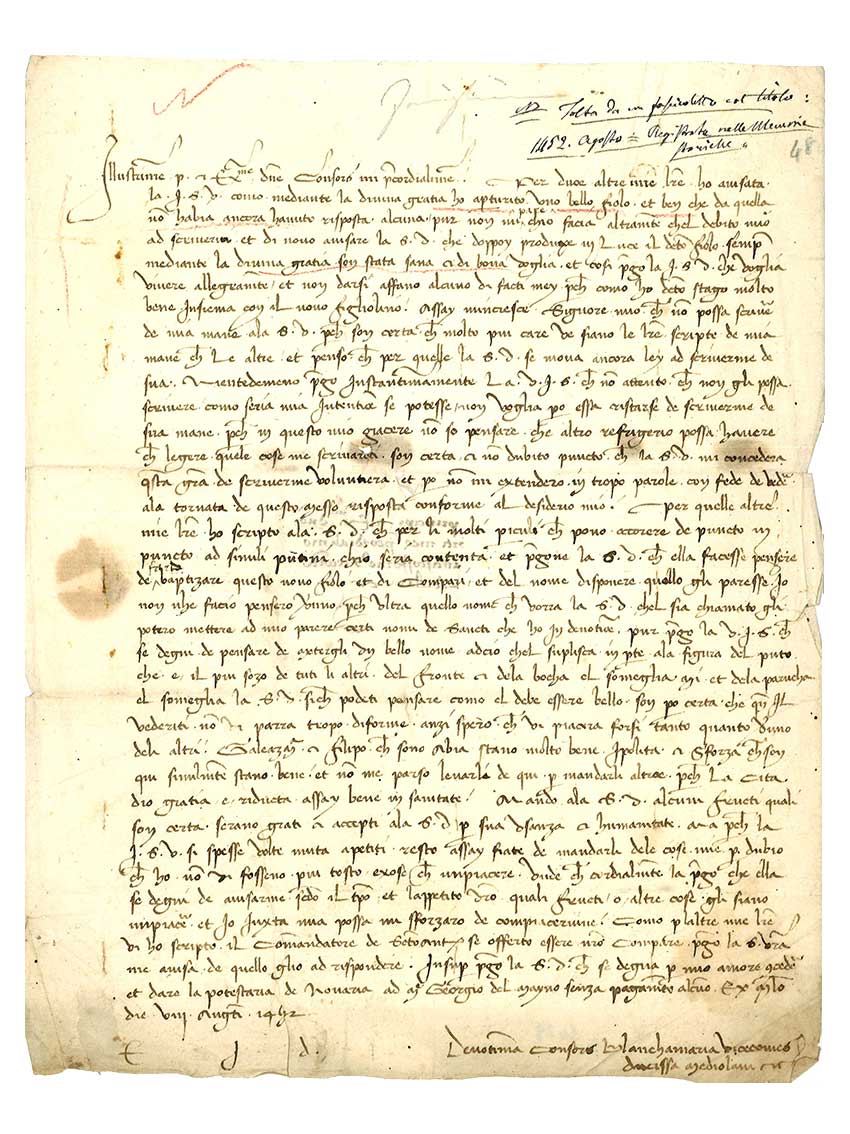
Sforza grew up to be a strong and intelligent boy, receiving a military and cultural education, and like many men of his social standing, he loved to go hunting.
He was very skilled at dealing with matters of government and administration, and possessed a vast humanistic culture. What’s more, despite not being the eldest child, he had all the right characteristics to rule over the Duchy.
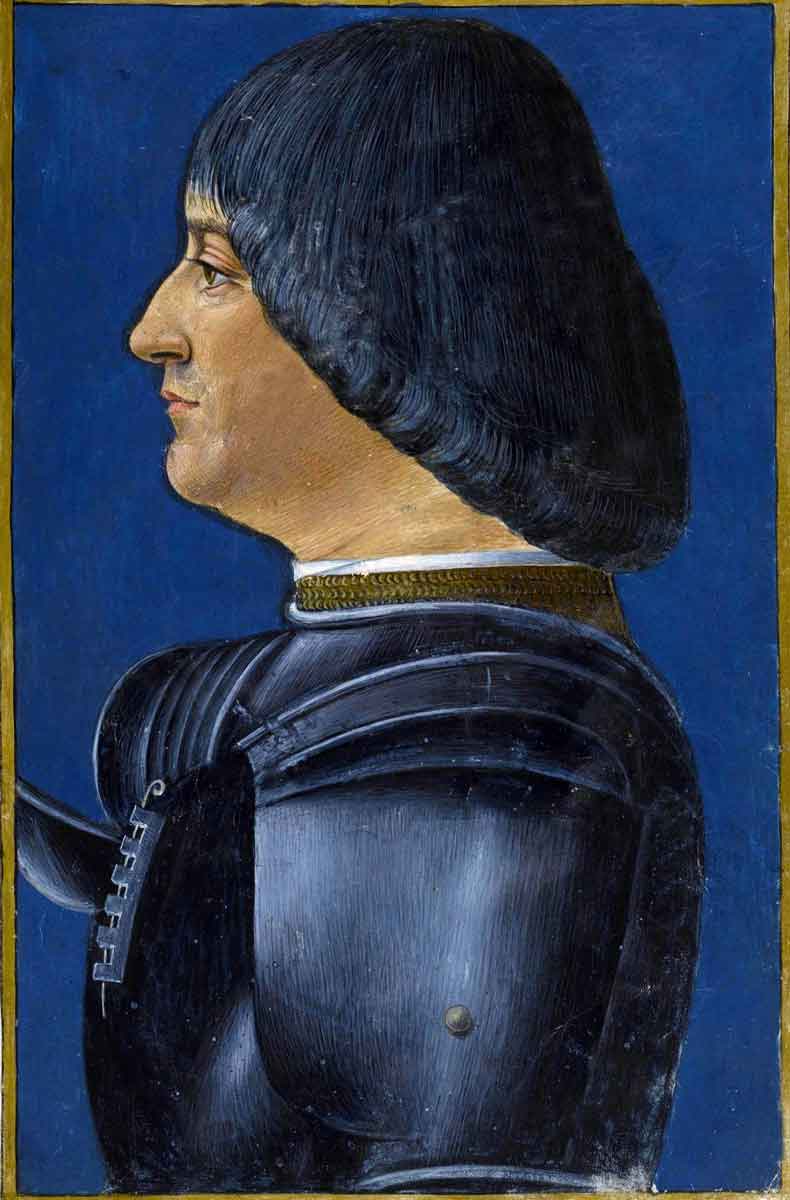
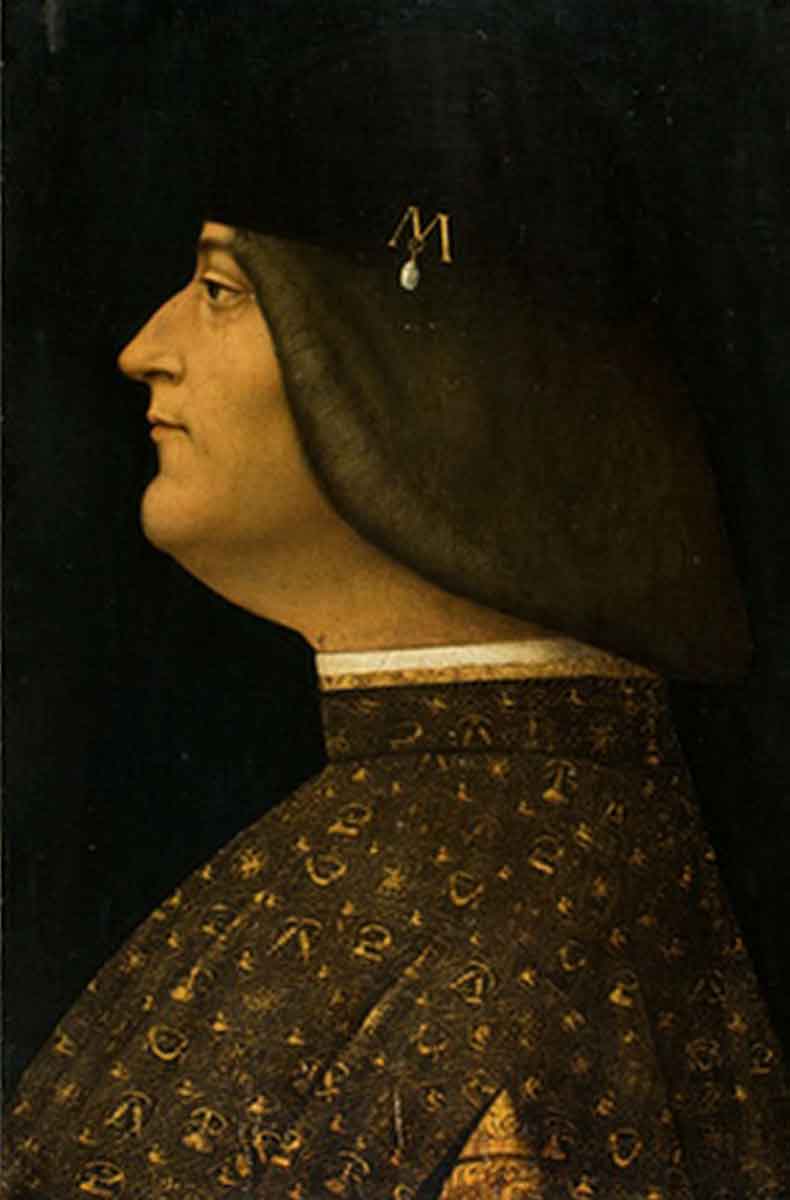
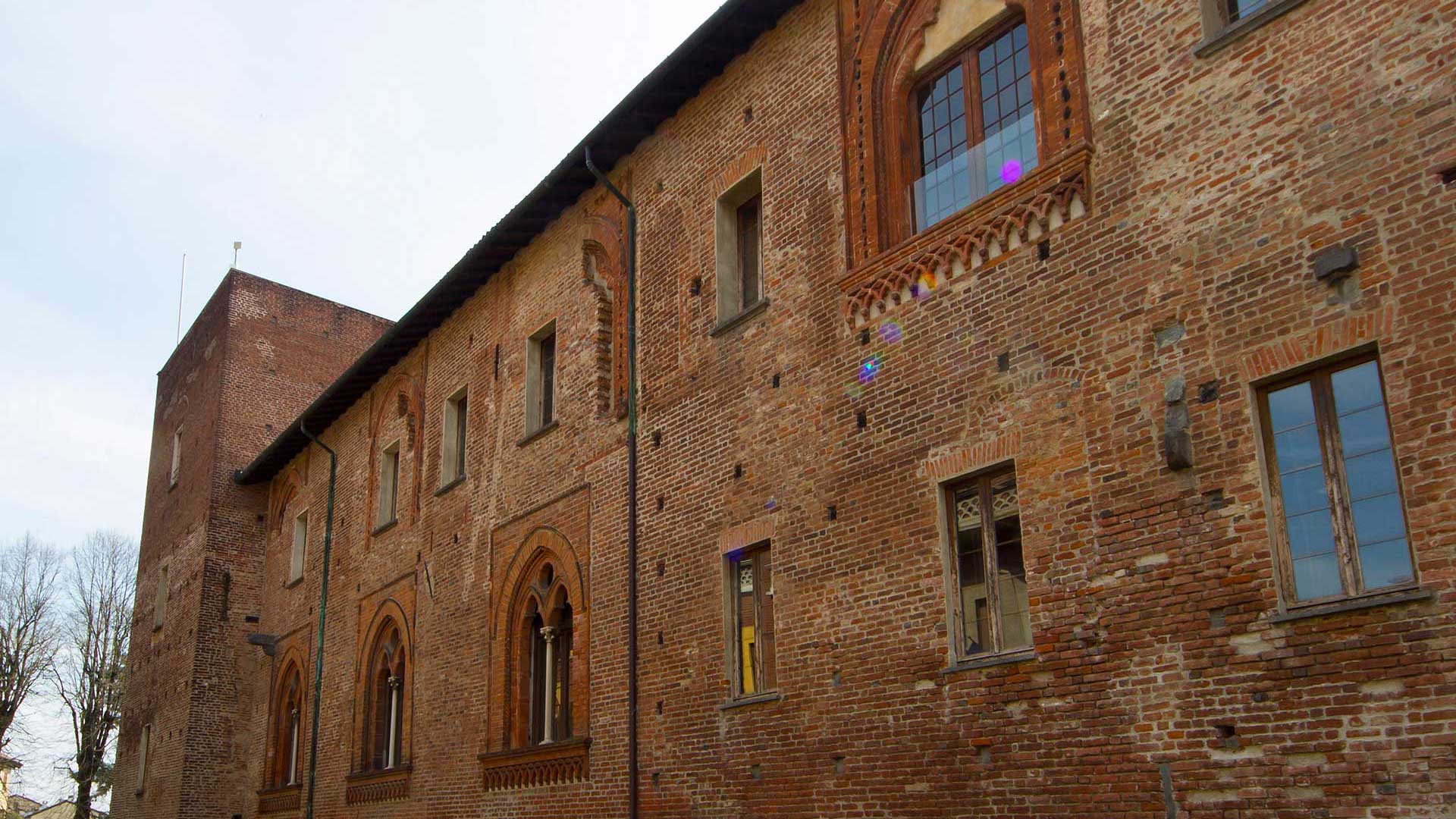
The wedding took place on 5 February, although the real festivities
were on 13 January 1490, when the halls of Sforza Castle in Milan hosted
Il Paradiso (also called The Feast of Paradise). This was a lavish theatrical
performance curated by Leonardo da Vinci that left
the audience astonished and in awe.
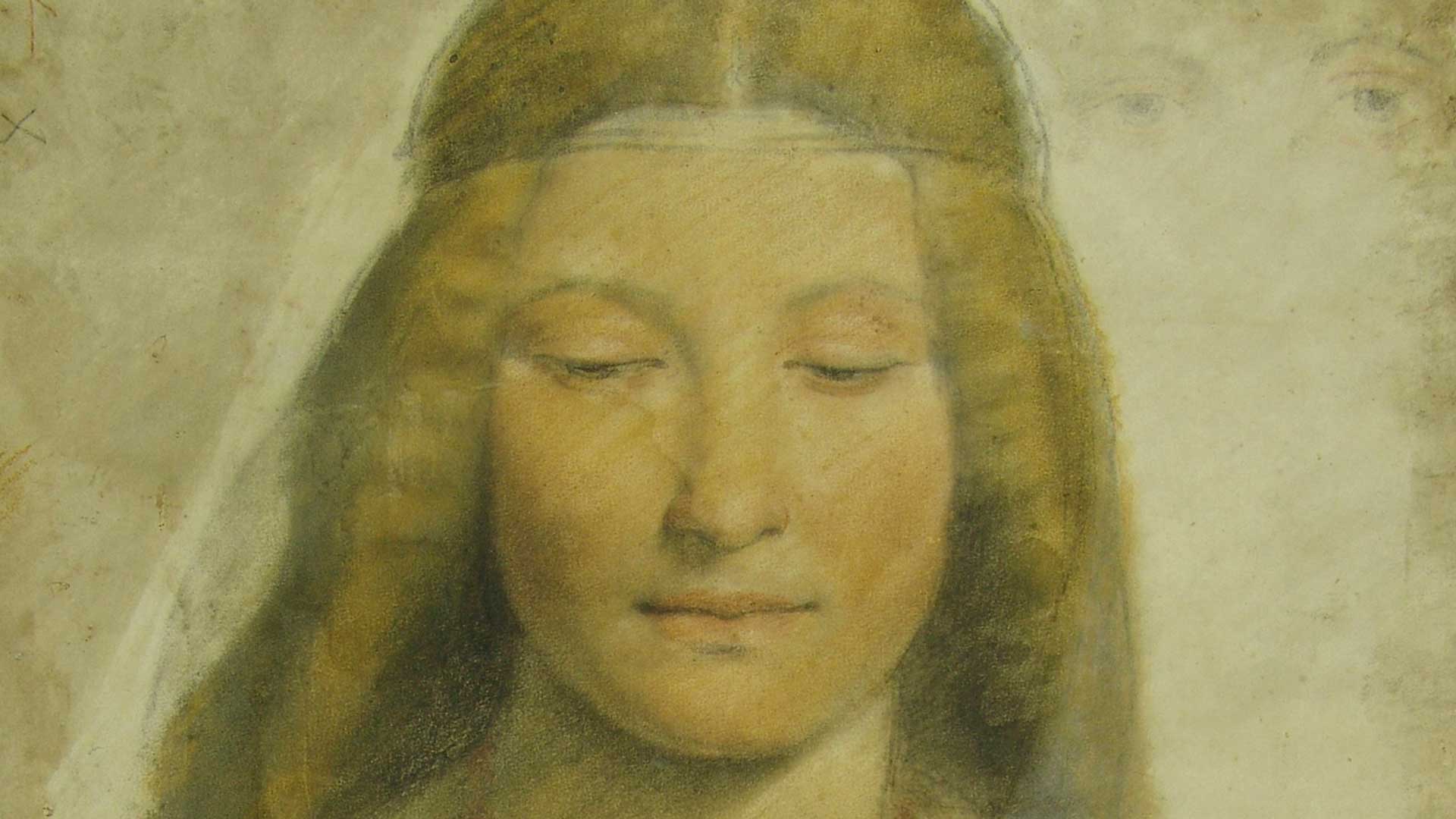
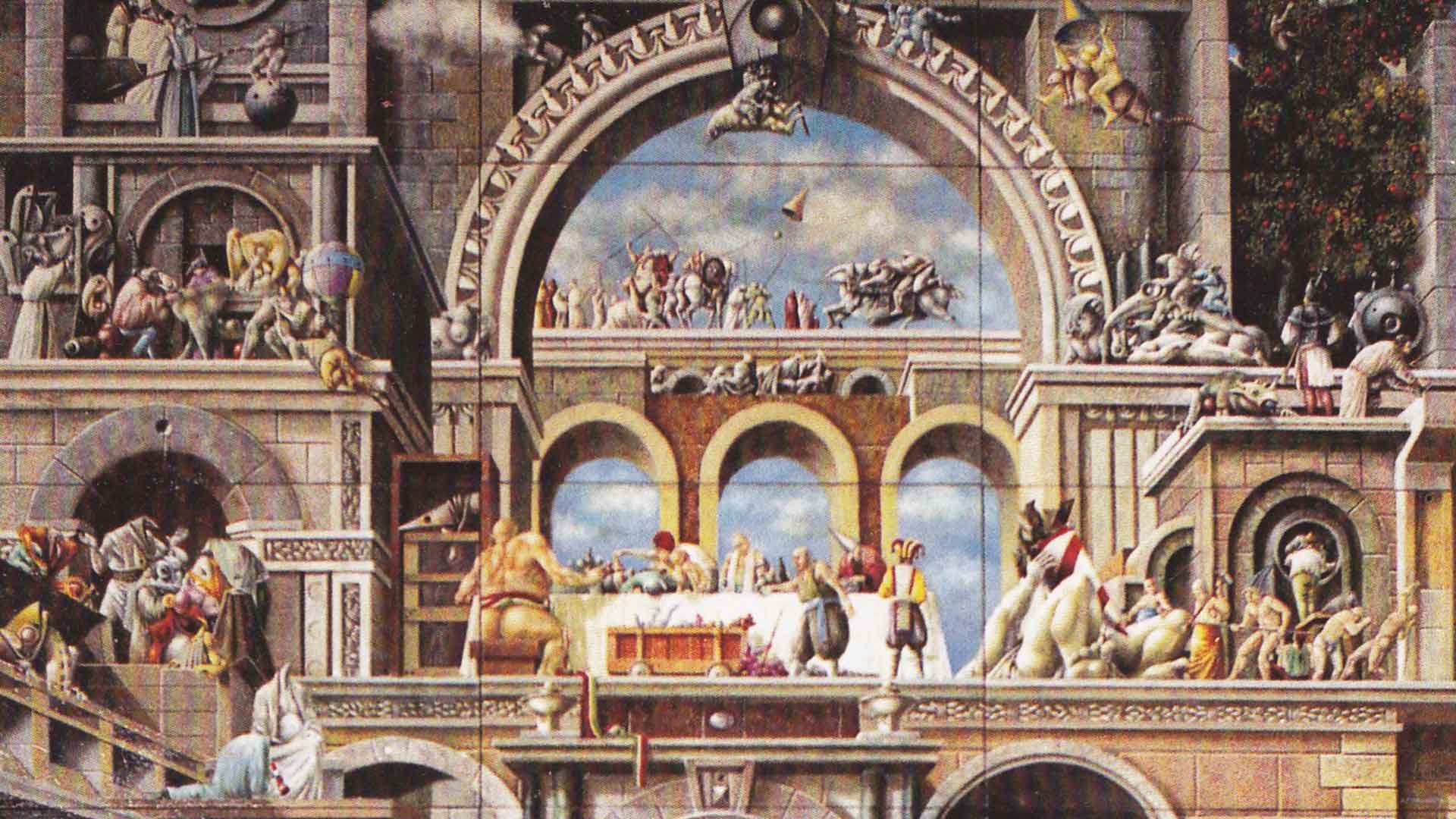
The Estensi ambassador Jacopo Trotti wrote:
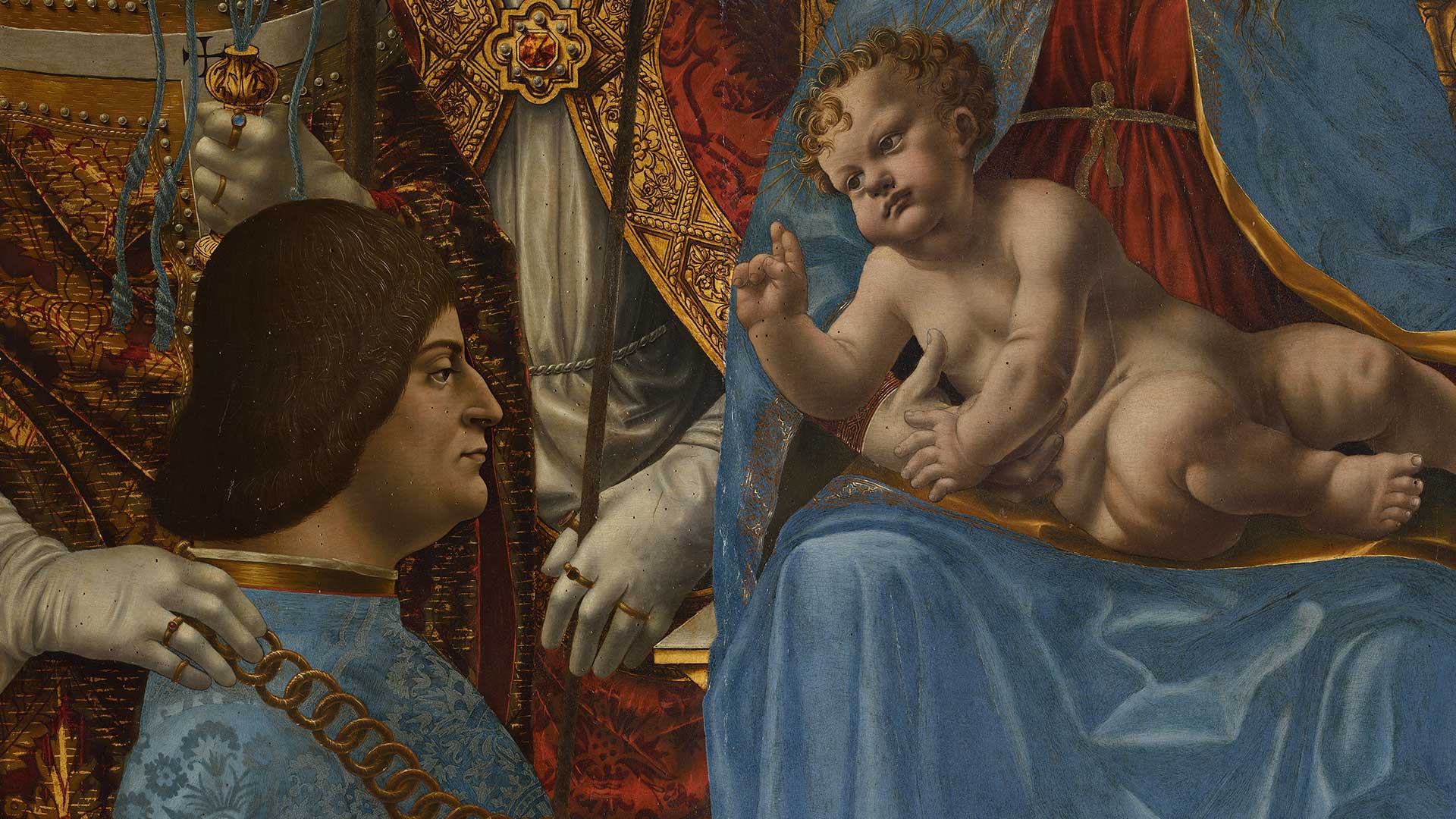
He even managed to confine his nephew and wife to the gilded prison
of Pavia Castle and was probably the man behind Gian Galeazzo’s death,
who was poisoned at just twenty-four years of age.

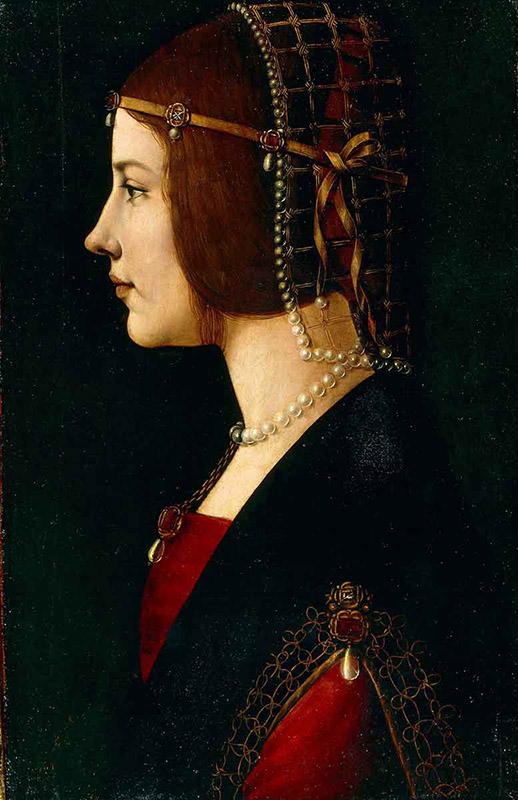

Finally, in 1494, Ludovico Sforza officially became the Duke of Milan.
He kept this title until 1499, when the French troops
of King Louis XII invaded Italy, which forced him to flee to Germany.
When he came back, he was captured by the French and taken to France,
where he died in prison on 27 May 1508.